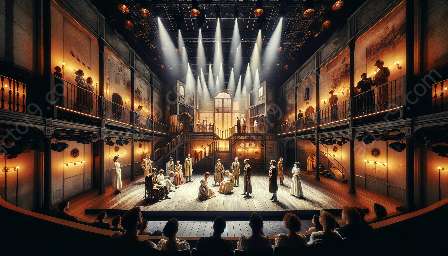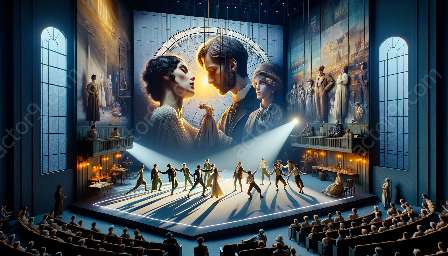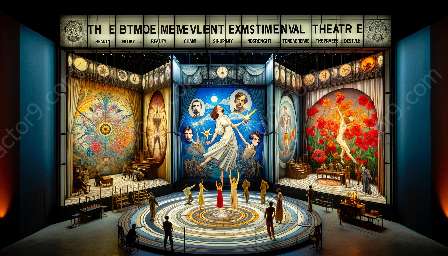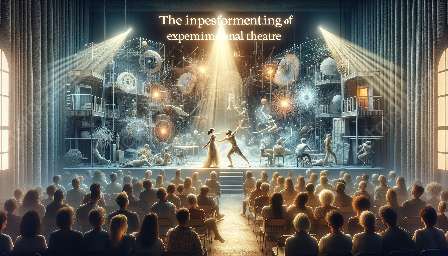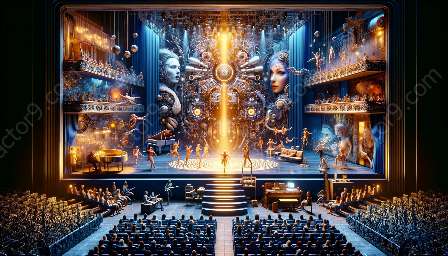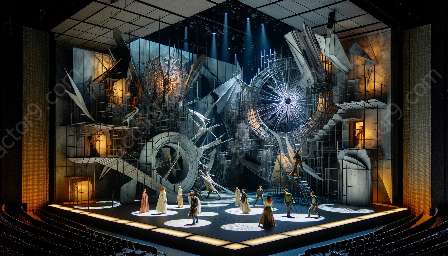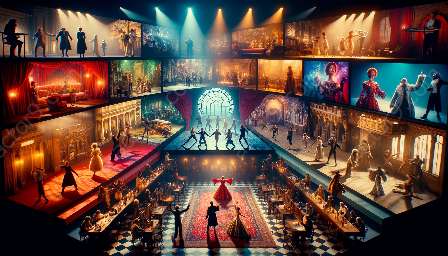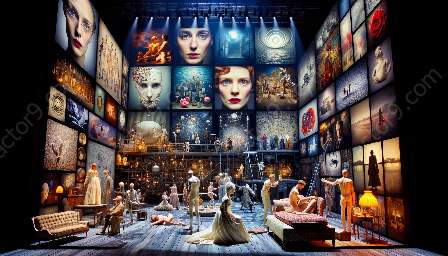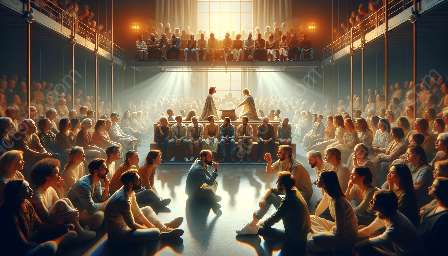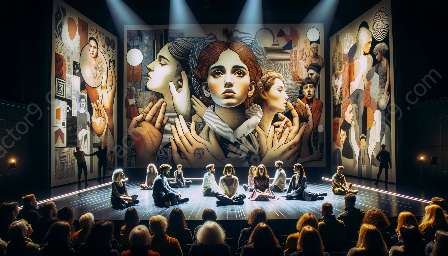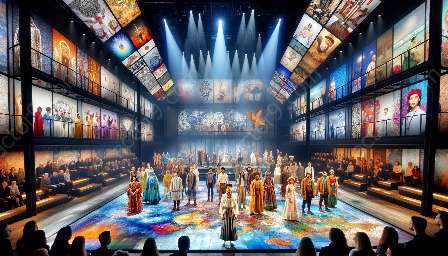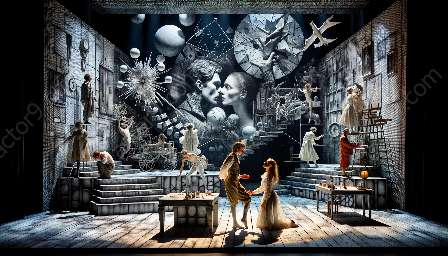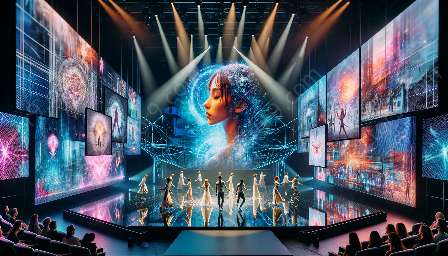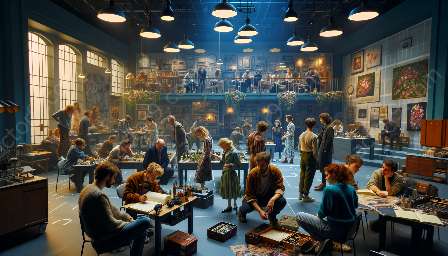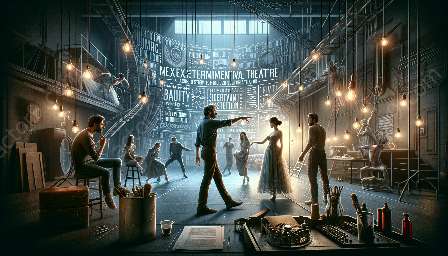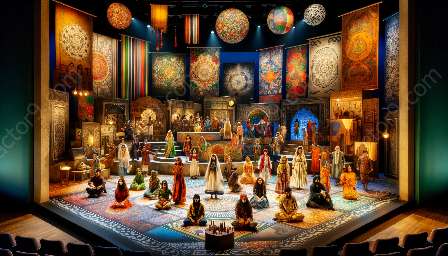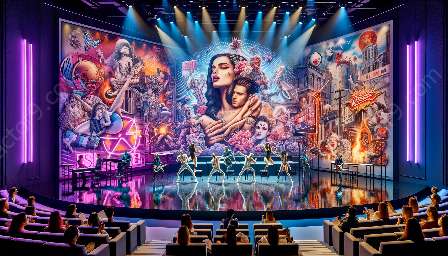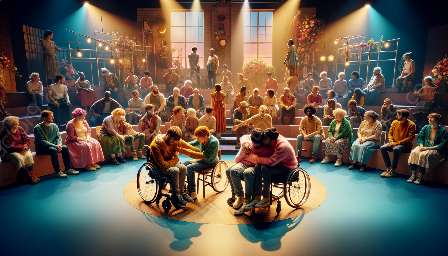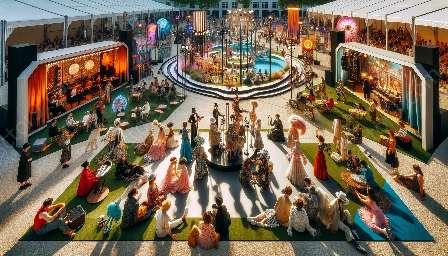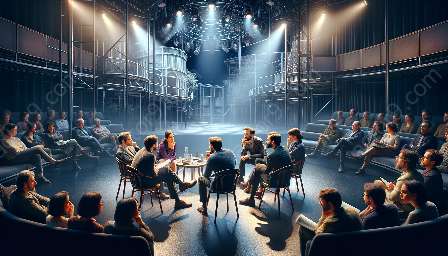Experimental theatre is known for pushing boundaries and challenging traditional notions of performance spaces. By exploring the history of experimental theatre and its influence on unconventional venues, we can gain a deeper understanding of the evolution of performance art.
History of Experimental Theatre
Experimental theatre emerged as a movement that sought to defy conventional norms in performance art. It aimed to break free from traditional structures, including the use of conventional theatre spaces. Instead, experimental theatre embraced non-traditional settings, allowing performances to take place in a wide range of unconventional spaces such as abandoned warehouses, outdoor parks, and even public streets.
One of the key components of experimental theatre is its rejection of the proscenium stage, opting instead for immersive experiences that blur the lines between performers and audience members. This shift in performance spaces opened the door for unconventional venues to become integral to the experimental theatre movement.
Experimental Theatre and Unconventional Venues
Experimental theatre challenged the notion that plays and performances should be confined to traditional theatre buildings. This shift in thinking allowed for a more organic and dynamic relationship between the performance and its surroundings. As a result, experimental theatre has thrived in unconventional spaces, transforming warehouses into immersive theatre experiences, utilizing public parks for site-specific performances, and even taking to the streets to engage with audiences in unexpected ways.
One of the defining characteristics of experimental theatre is its ability to adapt to and interact with the unique constraints and possibilities of unconventional performance spaces. This adaptability has led to a reimagining of what constitutes a performance venue, opening doors for creativity and innovation in the world of theatre.
The Impact of Experimental Theatre on Performance Venues
The influence of experimental theatre has extended beyond its own performances to impact the broader landscape of performance venues. By challenging the traditional boundaries of where performances can take place, experimental theatre has inspired a wider embrace of non-traditional spaces for artistic expression. This influence can be seen in the rise of site-specific performances in unexpected locations, the use of pop-up venues for immersive experiences, and the blurring of boundaries between performance art and everyday life.
Ultimately, by embracing unconventional performance spaces, experimental theatre has catalyzed a redefinition of the relationship between performance and space, inviting audiences to engage with art in new and transformative ways.

